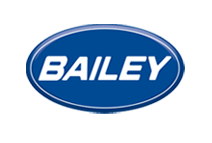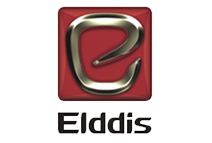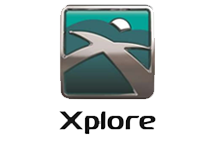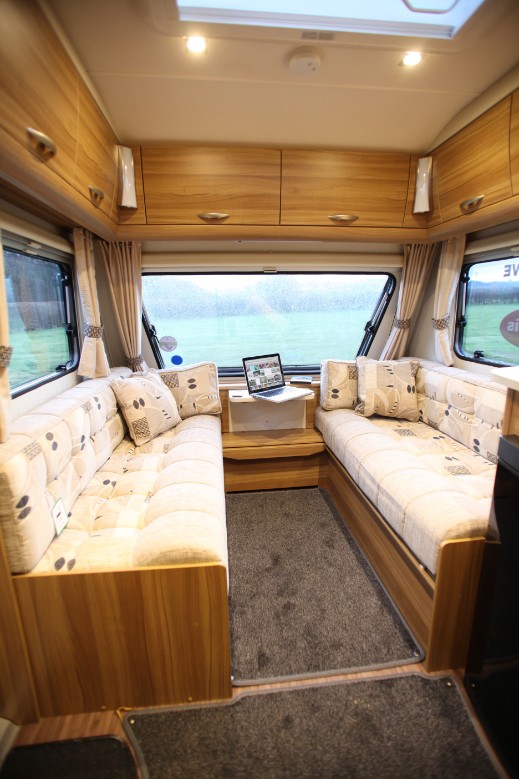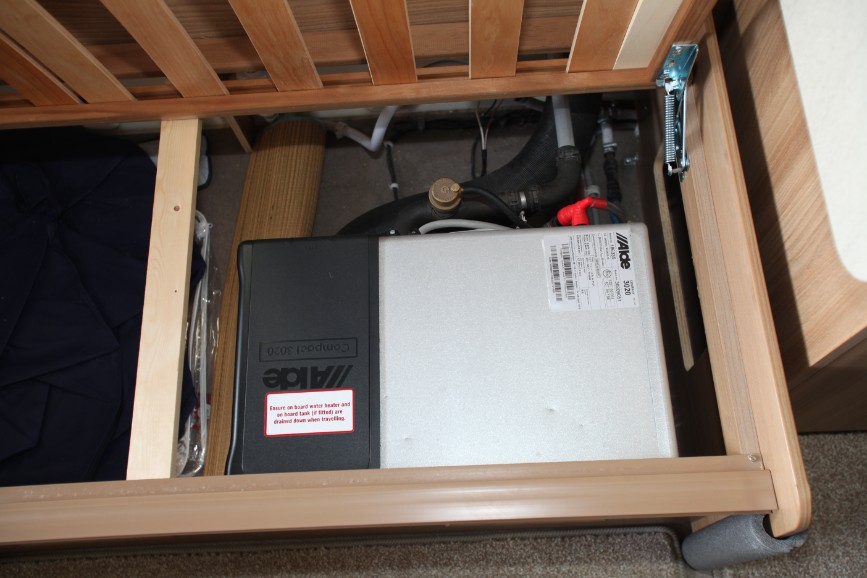We explore the best heating systems on the market for today’s modern tourers
There’s nothing quite as cosy as a warm and comfy caravan interior on a windy and wet winter day. Shut the door, whack up the heating, close the blinds, and cuddle up on the sofa to read or watch a movie. It is the absolute definition of ‘hygge’.
In this article we’re exploring the different heating systems in caravans, how they work, and their pros and cons.
Stay warm in your caravan
Modern caravans are designed to retain their heat when outside temperatures plunge. These days there are two types of heating system to choose from to keep you warm:
- Blown-air space heating: essentially, a giant hair drier blowing warm air through outlet vents around the van.
- And, radiator-based hot-water systems, a bit like your domestic central heating.
Truma, Whale, and Alde currently make the most popular caravan heating systems. Typically, these generate 4-6kW of heat using gas, electricity (when on hook-up), or a combination of the two.
All three manufacturers produce combination heaters that are designed to heat the caravan and your hot water in one unit.
The heaters are controlled from a central panel, which, in modern caravans has a touch-sensitive LED display. In older caravans, the heating system was normally composed of one unit situated close to the centre of the caravan. This unit had an air vent that released hot air and a control panel on the front. Caravan heaters of this design were very popular until about 20 years ago. If your caravan still has one, you should make sure it is serviced each year from a safety and effectiveness point of view.
Spares may be difficult to source, but a reputable caravan salvage business, like spares experts, KTG Caravans, could be a good option.
Oil-filled radiators are a popular choice for caravanners seeking efficient heating solutions, especially for those who prefer oil filled heaters for their consistent heat distribution.
Electric heaters are often favoured for their energy efficiency, making them a cost-effective option for caravan owners. Heaters with an electric heating element are known for their quick heating capabilities and durability.
Heaters designed for small spaces are ideal for caravans, as they provide sufficient warmth without occupying too much room, providing a comfortable living environment even in the most compact areas.
Heaters with a 2000 watts capacity are suitable for those who need a powerful heating solution for larger caravans or colder climates.
An adjustable thermostat is a key feature in caravan heaters, allowing users to precisely regulate the temperature to suit their personal comfort level, providing efficient energy usage and enhanced comfort during their travels.
Blown-air heating
Blown-air heating systems are a popular and efficient way to keep caravans warm and cosy during chilly weather. These systems work by blowing warm air throughout the living space.
Blown-air heating systems consist of a heating unit, usually powered by gas and/or electricity. And a network of ducting and vents that distribute the warm air around the various rooms in the caravan.
The heating unit warms the air. The system then blows the air using a fan into the ducts. It then releases it into different areas of the caravan through these strategically-placed vents.
The aim is to spread the warming effect evenly around the caravan. This makes sure that every part of it is heated, thereby preventing cold spots.
All the ducting is hidden behind and under furniture or boxed-in, and the small vents can be opened and closed according to your needs.
It has to be said that some users report that blown-air heating can create an uneven spread of heat throughout their tourer, with hot and cold spots. I have never noticed this, but those who feel the cold more just might.
What is true, is that blown-air systems warm a caravan faster than the wet, Alde-style radiator heating. Mind you, both will transform a cold caravan interior into a warm and comfy place to be within an hour.
So, a well-designed duct and vent system should make sure that heat is fairly evenly distributed. But check where the outlets are before you buy your next caravan. For example, is there an outlet in the washroom.
Blown-air systems can use gas or electricity, so you can choose which is best for you.
Often, maximum heating output is achieved by using both gas and electric at the same time. Blown-air heaters come with thermostatic controls, enabling precise temperature adjustment and providing a comfortable living environment.
Blown-air systems are compact and lightweight, and much simpler than wet heating systems, which require pipework, reservoirs, and radiators. Blown-air heating is also ideal for caravans where space is at a premium.
These systems can help reduce condensation in the caravan by maintaining a steady and comfortable temperature.
The fans inside blown-air systems can sometimes be heard inside the van and may be particularly audible at night when you’re in the front, make-up double-bed above the heater.
To counter that, noise, heaters are available, which mount on the underside of the caravan, and are protected from the elements by robust casings.
Brands that create blown-air heating systems are: Truma, Whale, Propex, Webasto and Eberspächer, with the first two being the most common in the UK.
The Kampa Diddy Portable Heater is a popular choice among caravan enthusiasts for its compact size and efficiency.
Wet/Alde Heating Systems
These heaters work like traditional domestic central heating, with a gas and/or electric boiler at the heart of the system.
The hot water it produces is pumped around the caravan through pipes and radiators, which diffuse the heat around the interior. The radiators are tucked behind the sofa ba230v230V electricity. Warm feet, happy caravanner!
A Summary – The best caravan heaters
The best choice of caravan heater depends on your requirements, but there are plenty of great options to choose from.
Caravan owners can choose between various heating technologies, including fan heaters for rapid heat distribution and convector heaters for a more uniform heating experience.
Many modern caravan heaters offer multiple heat settings, enabling users to easily achieve their desired temperature.
Look for features like a carry handle for easy transportation and precise temperature control for optimal comfort.
Stick to the big brands and you won’t go far wrong with a 4kW or 6kW heater. The more people you tour with, the larger your van, and if you tour all year, the more likely it is that the bigger 6kW versions are for you.
They’ll heat hot water more quickly and warm your living space more effectively, too. However, if you tour as a couple in summer, a 4kW model should be just fine.
Again, the choice of energy source depends on your needs, but there are gas, electric, and even diesel models (mainly for camper vans) out there. If you tour on hook-up, using mains electricity is probably cheapest, while off-gridders will rely solely on gas.
When selecting a caravan heater, it’s crucial to consider safety features such as overheat protection and tip-over safety mechanisms.
When it comes to blown-air versus wet radiator systems, again, the choice is yours. Both perform admirably, with Alde wet heating perceived as the ‘posher’, but pricier option.



